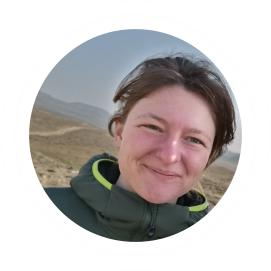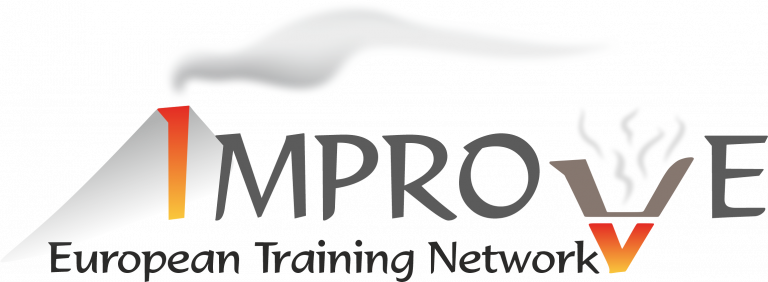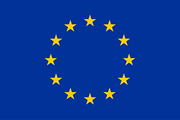Elisabeth Glück

Elisabeth Glück
Nationality: German
Institution: Universite Savoie Mont Blanc / ISTerre
Country: France
Research Title: Multi-scale high resolution geophysical imaging of Krafla sub-volcanic system
PROJECT SUMMARY
The goal of my research is to image and model the structure of the geothermal zone of Krafla volcano (Iceland) using several high-resolution multi-scale geophysical methods: seismic, electrical, and electromagnetic. The geophysical measurements will include seismic measurements on a dense array, and electrical resistivity measurements (by DC and Magneto-Telluric methods). The deployment of a dense seismic array will allow imaging of this volcanic/geothermal structure by seismic noise correlation methods and potentially detect any fine variations in seismic velocity. In addition, these data will also be used to monitor and locate seismic activity in relation to existing geologic structures. In parallel, a 3-D electrical resistivity tomography campaign will be carried out over the same area as well as magneto-telluric measurements. The obtained resistivity data will be processed and analysed in a multi-scale and complementary framework to obtain 3-D electrical resistivity images at different scales and resolutions.
Scientific Background
In 2016 I started with my BSc “Physics of the Earth – Meteorology, Oceanography and Geophysics” at Kiel University. During the three years of my bachelor studies I focused more and more on geophysics, specifically on seismology. In 2019 I studied for one semester in Catania, where I took courses in volcanology and had the opportunity to join volcanological fieldwork on Salina.
After finishing my BSc I continued in Kiel with the MSc “Geophysics”. My master thesis in seismology, which I submitted end of 2021, was on the 3D stressfield on the margins of the Adriatic Plate which I derived by performing a stress inversion with focal mechanism data. Next to pure geophysics I also am interested increasingly in the geological part of geosciences, so I better understand what I investigate and monitor with geophysical methods.
Activity Record
Training Events Attended
| Data (from) | Data (to) | Type | Title | Venue |
|---|---|---|---|---|
| 6/11/2022 | 6/16/2022 | School | Geothermal and Magmatic Systems | Laugar, Iceland |
| 6/17/2022 | 7/26/2022 | Multiparametric Experiment | Krafla multiparametric experiment | Krafla, Iceland |
| 9/24/2022 | 9/2/2022 | Seismic Experiment | Seismic Experiment Etna | Linguaglossa (Etna), Italy |
| 5/14/2023 | 5/20/2023 | School | Geophysical data inversion and numericla forward modelling | Carlingford, Ireland |
| 7/24/2023 | 7/28/2023 | School | Multiparametric Volcano Monitoring: Data Processing, Analysis and Monitoring | Nicolosi (Etna), Italy |
| 7/23/2023 | 8/2/2023 | Multiparametric Experiment | Multiparametric experiment Etna | Nicolosi (Etna), Italy |
| 1/21/2023 | 1/23/2023 | Specialized Short Course | Seismology and Imaging | ISTerre, Grenoble, France |
| 4/13/2022 | 4/15/2022 | Seminar | Geophysics to understand and monitor volcanic systems | ISTerre, Grenoble, France |



